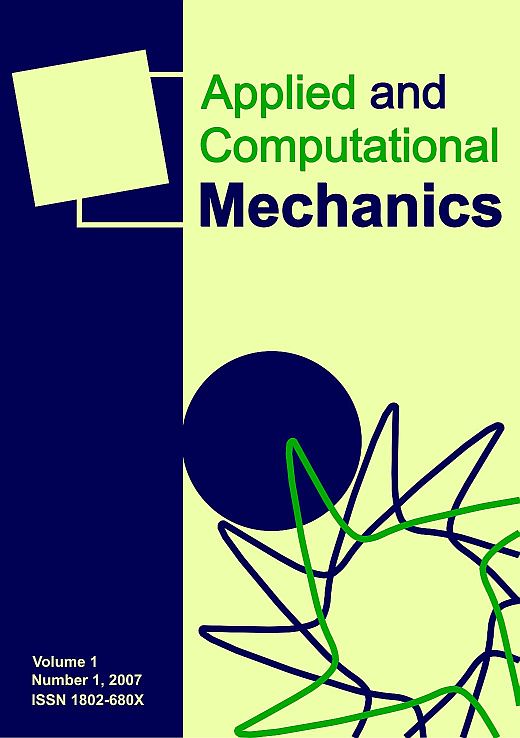Design and optimization of squirrel cage geometries in aircraft engines toward robust whole engine dynamics
DOI:
https://doi.org/10.24132/acm.2023.841Keywords:
jet engines, rotor dynamics, squirrel cage, optimization, vibrationAbstract
In this work, an coupled end-to-end approach for the optimization of the rotor dynamic behavior of a dual-spool aircraft engine along with fatigue life optimization of squirrel cages (SQC) is presented. A realistic model to simulate the rotor dynamics is created, where the high-pressure (HP) rotor is supported by two squirrel cages. The aim of this work is to find a robust rotor dynamics design by shifting a critical speed to higher rotational speed, and at the same time improving the squirrel cage design with respect to fatigue life.Fully automatized coupled analysis process chain is implemented, allowing to compute the influence of the SQCs geometry variation onto the full rotor dynamics and structural performance of the SQC. Two global optimization techniques are employed to explore the SQCs design space and find optimal 3D geometries, using the aforementioned coupled process.
Optimization results are compared and discussed in detail, indicating the importance of the numerical optimization to improve fatigue life of the squirrel cage. It is shown that optimized and non-optimized SQC designs, both fulfilling rotor dynamics goals, can have significantly different performance regarding their fatigue life. Moreover, the advantage of the coupled process is illustrated, allowing to find superior SQC designs by considering both disciplines simultaneously in comparison with a sequential (uncoupled) approach, when the target elastic properties of an SQC, selected only based on the rotor dynamics requirements, may lead to sub-optimal fatigue life.
Downloads
Published
31-Dec-2023
Issue
Section
Articles
License
Copyright (c) 2023 Applied and Computational Mechanics

This work is licensed under a Creative Commons Attribution 4.0 International License.
How to Cite
“Design and optimization of squirrel cage geometries in aircraft engines toward robust whole engine dynamics” (2023) Applied and Computational Mechanics, 17(2). doi:10.24132/acm.2023.841.







